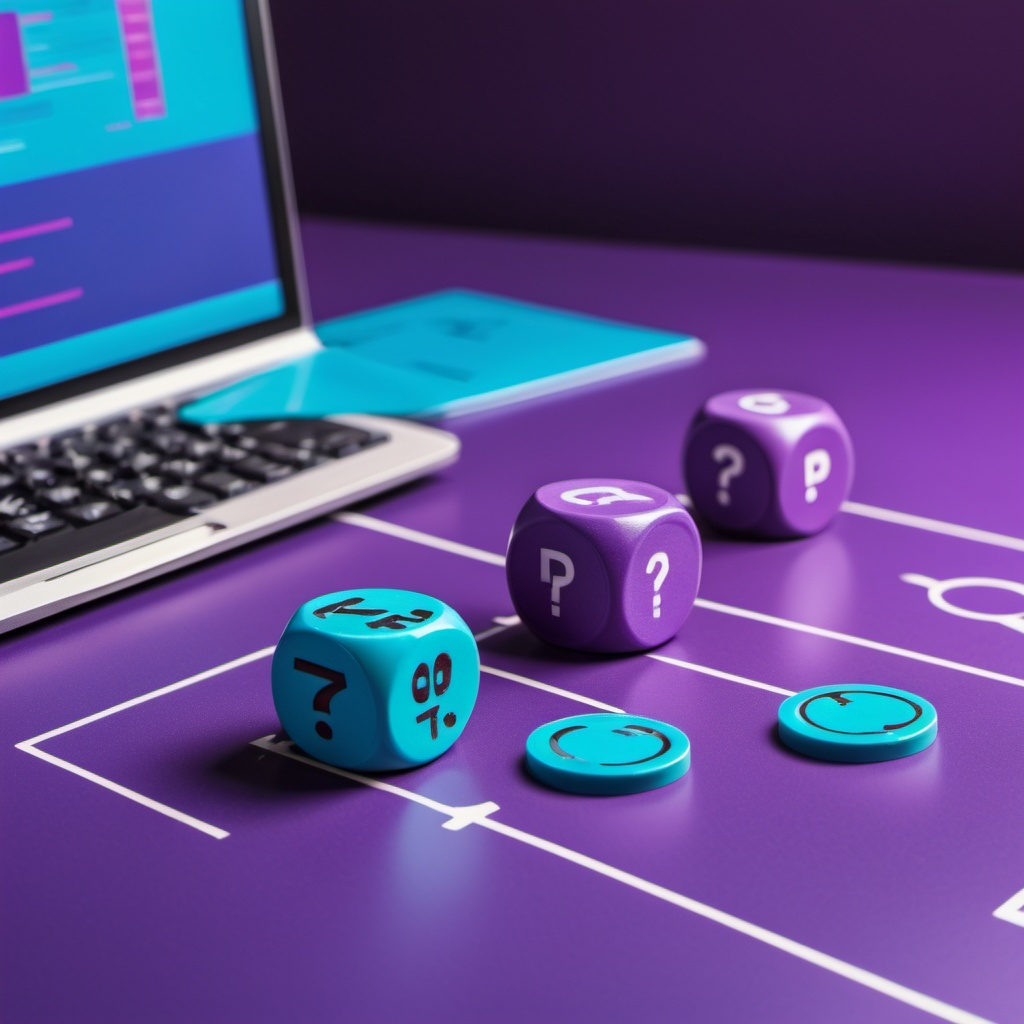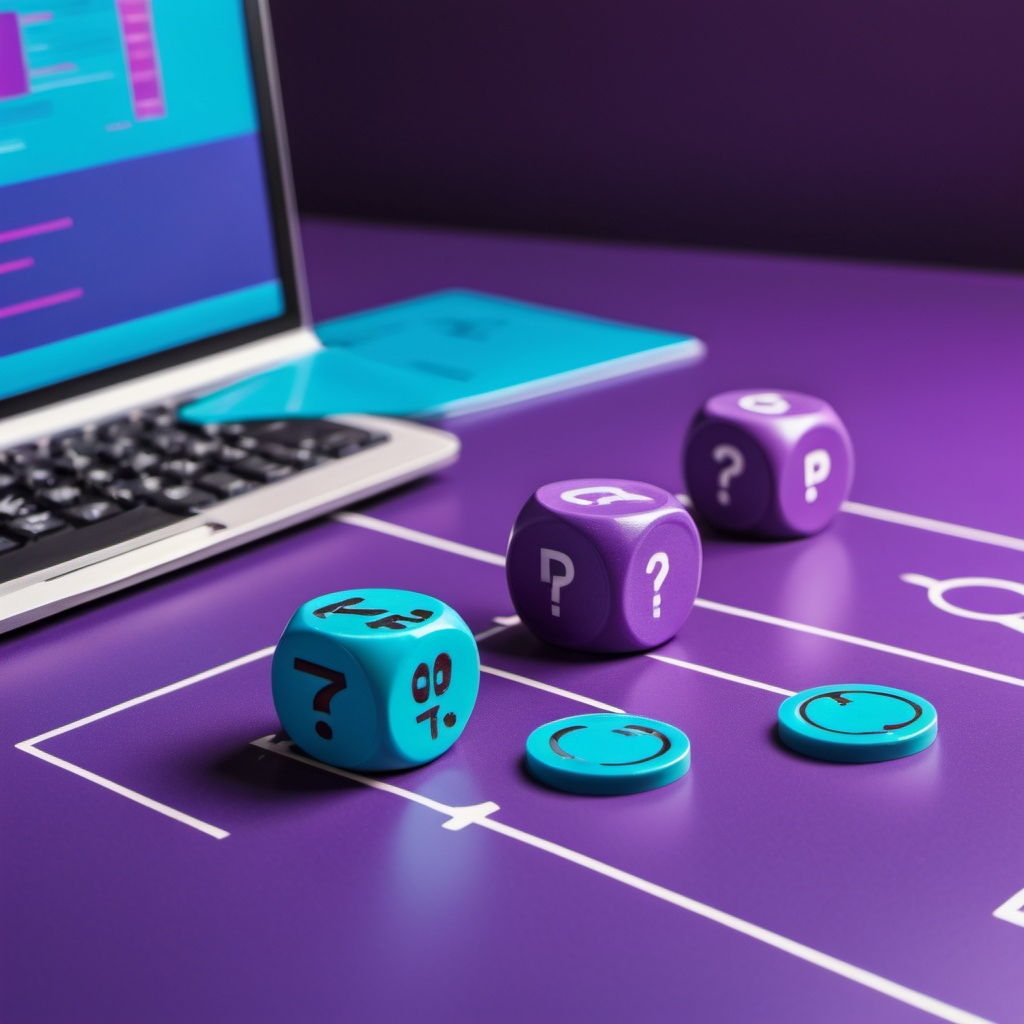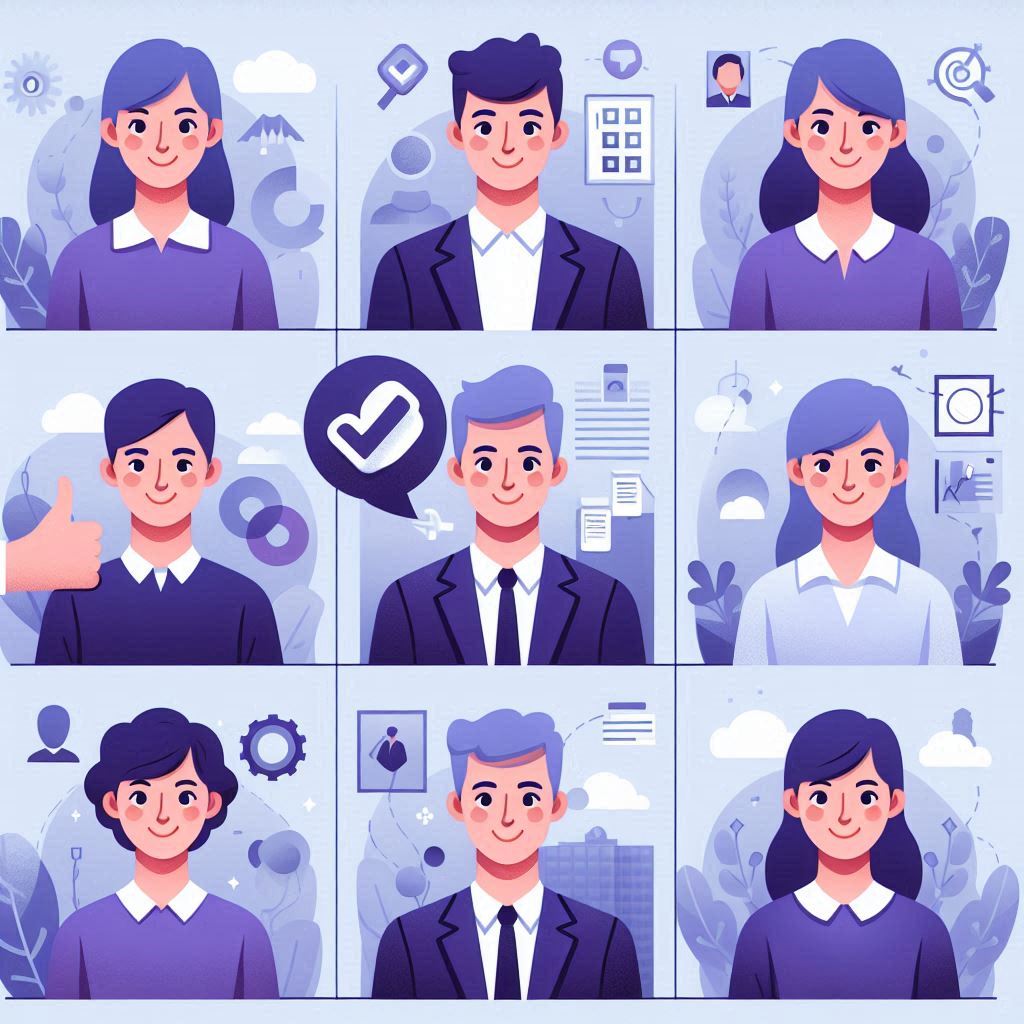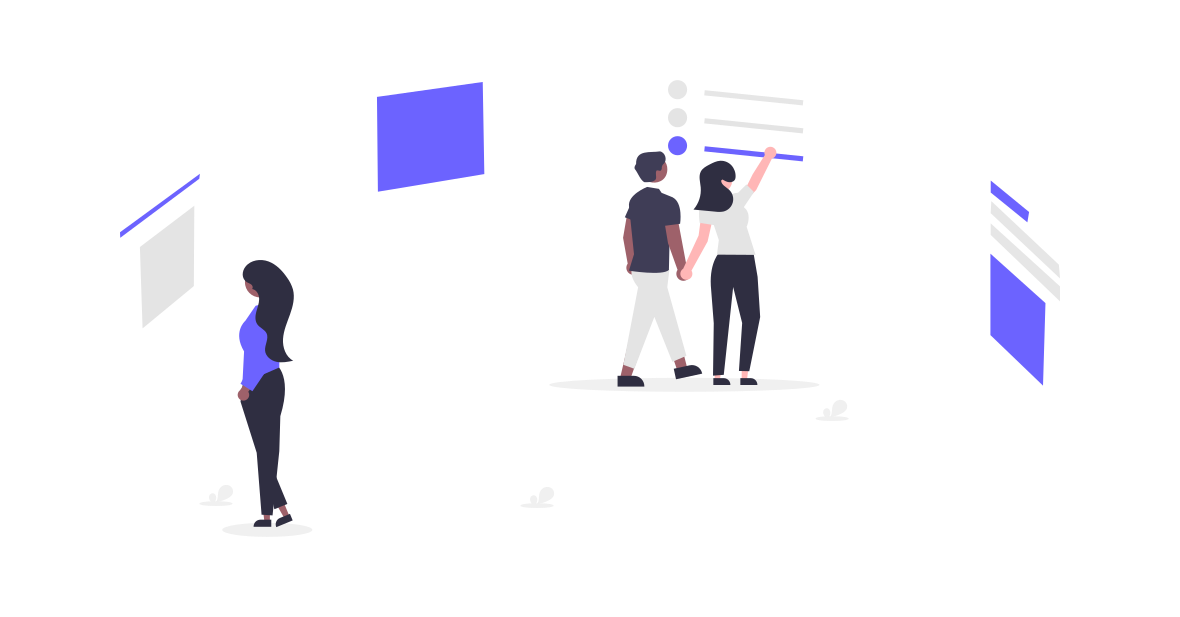How to Define Gamification in Your Workplace

Gamification in the workplace involves integrating game-like elements into work processes to enhance employee engagement, motivation, and productivity. This innovative approach taps into human instincts for competition and achievement, making tasks not only more enjoyable but also more effective.
Why Gamification Matters
Research shows that gamification can significantly boost employee morale and performance. By leveraging gamification strategies, organizations can create a dynamic work environment that fosters creativity and collaboration. Furthermore, statistics indicate that 90% of employees say gamification makes them more productive, and companies that use gamification are seven times more profitable than those that do not. By leveraging gamification strategies, organizations can create a dynamic work environment that fosters creativity and collaboration
Key Elements of Gamification
To effectively implement gamification in your workplace, consider incorporating the following key elements:
- Leaderboards: Foster friendly competition and camaraderie among employees. Leaderboards can showcase top performers and encourage others to strive for excellence.
- Points and Badges: Reward achievements to encourage continuous improvement. Recognizing milestones with points or badges can motivate employees to engage more deeply with their tasks.
- Peer Recognition: Promote a culture of appreciation and respect within teams. Allowing employees to recognize each other’s efforts can enhance workplace motivation and create a supportive atmosphere.
Benefits of Gamification
The benefits of gamification extend beyond just increased engagement. Organizations that implement gamification strategies often see:
- Improved Learning Outcomes: Gamified training programs can lead to higher retention rates and better skill acquisition. For instance, incorporating gamification into everyday work and training helps make mundane tasks fun, which increases employee skill retention by approximately 40%.
- Enhanced Collaboration: Game mechanics can encourage teamwork and communication among employees.
- Increased Productivity: Engaged employees are more productive, leading to better overall performance for the organization.
Successful Implementations
Many companies have successfully integrated gamification into their workplaces. For example, Deloitte reported a 50% increase in employee engagement after implementing gamified learning solutions. Similarly, IBM has leveraged gamification to enhance employee training and development, resulting in measurable improvements in performance. Similarly, AstraZeneca utilizes a gamified training system called Go-to-Jupiter, which includes leaderboards, levels, and rewards; it has been reported that 95% of employees complete every training module
Conclusion
In conclusion, gamification can transform workplace culture and drives workplace motivation by making tasks engaging and rewarding. By thoughtfully integrating these elements, organizations can enhance employee satisfaction and drive better business outcomes. As you explore the potential of gamification in your workplace, remember that the ultimate goal is to create an environment where employees feel motivated and valued.
References
Singh, H. K., & Verma, S. (2020). Gamification at Workplace: Theories, Constructs and Conceptual Frameworks. Retrieved from AISeL.
A new model for employee engagement | Deloitte Insights









